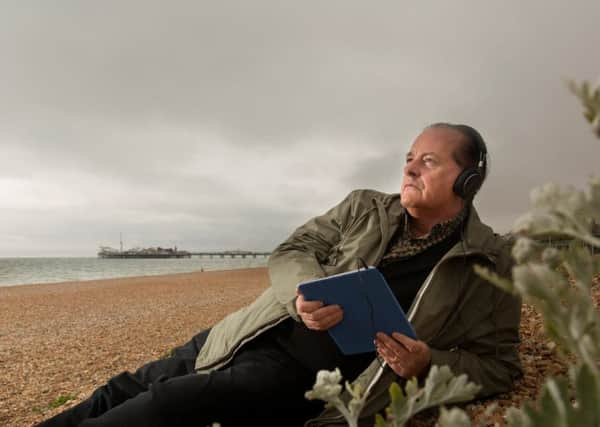Public to help create audio ‘map’ of UK coastline


Now the sounds of the nation’s shores are to inspire a new piece of music based on recordings crowd-sourced from members of the public.
They are being urged to capture everything from swooping birds and howling winds to the gentle clanking of boats in a marina for the three-month project, which will create the UK’s first “coastal sound map”.
Advertisement
Hide AdAdvertisement
Hide AdIt will create a sound archive and culminate in 20-minute soundscape masterminded by musician Martyn Ware, a founder of 1980s bands The Human League and Heaven 17, who is now a sound artist.
The National Trust for Scotland, which is responsible for more than 1000 miles of Scottish coastline, has joined forces with its counterpart south of the Border the National Trust and the British Library to run the project “Sounds of our Shores”.
At the end of the project all of the captured sounds will be archived by library staff, while Ware will deploy the recordings as the inspiration for his piece.
He said: “I’ve had a deep connection with the coast all of my life.
“As a kid growing up in Sheffield we would go on family holidays to Scarborough or Skegness; I can still remember the sounds that filled our days at the seaside.
“There is something emotionally deep about our connection with the coast which has shaped our identity. That is what is so exciting about this new commission and I want to capture the sensory nature of the coastline, reflecting the diversity and beauty of the sounds of our shores.”
Visitors to coastline areas over the next three months are being urged to capture recordings of up to five minutes on a smart phone, tablet or handheld recording device. People will be able to upload their recordings on to a digital map of Britain which will take shape on the British Library’s website.
Dr Richard Luxmoore, senior nature advisor with NTS, said: “Whether it is the timeless surge of Atlantic swells in Staffa’s Fingall’s Cave, the rattle of halliards against hundreds of masts in a bursting marina, the howl of Europe’s strongest winds over the primeval cliffs of St Kilda, the gentle sound of waves on the white coral strand of Iona, the unearthly nocturnal singing of grey seals on a skerry or the rhythmic swishing of a wind turbine, the coast clamours for our attention and leaves an indelible impression on our hearts.”
Advertisement
Hide AdAdvertisement
Hide AdCheryl Tipp, curator of wildlife and environment sounds at the British Library, said: “As millions of us head to the coast this summer for holidays or day trips, we want the public to get involved by recording the sounds of our amazing coastline.”